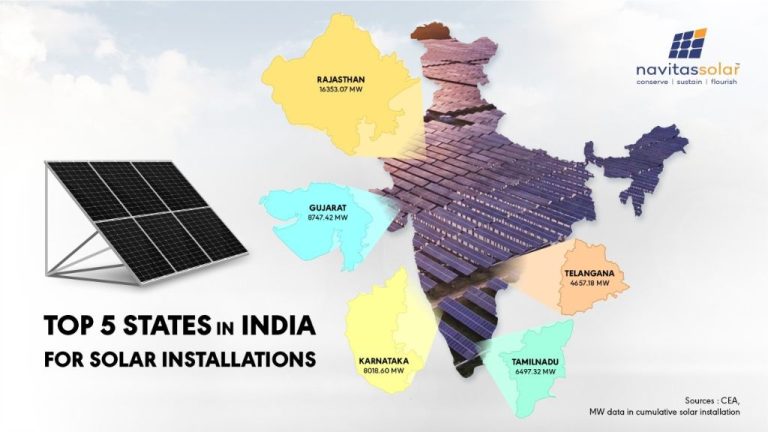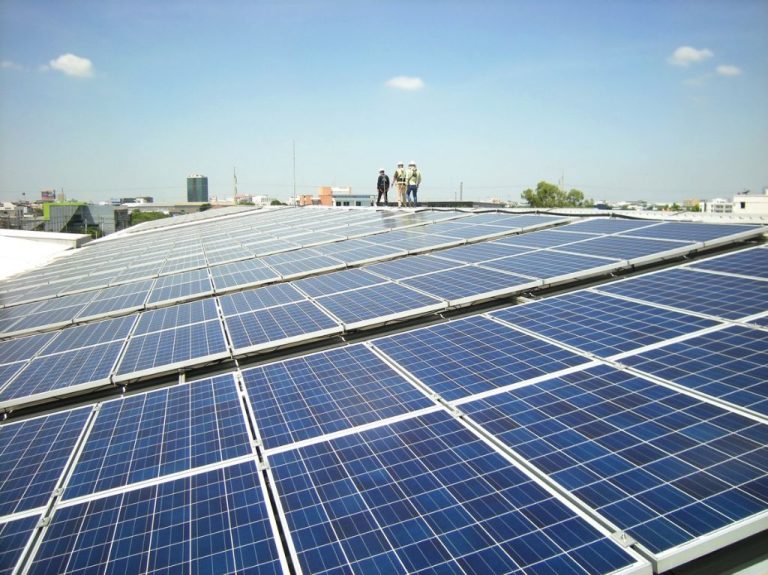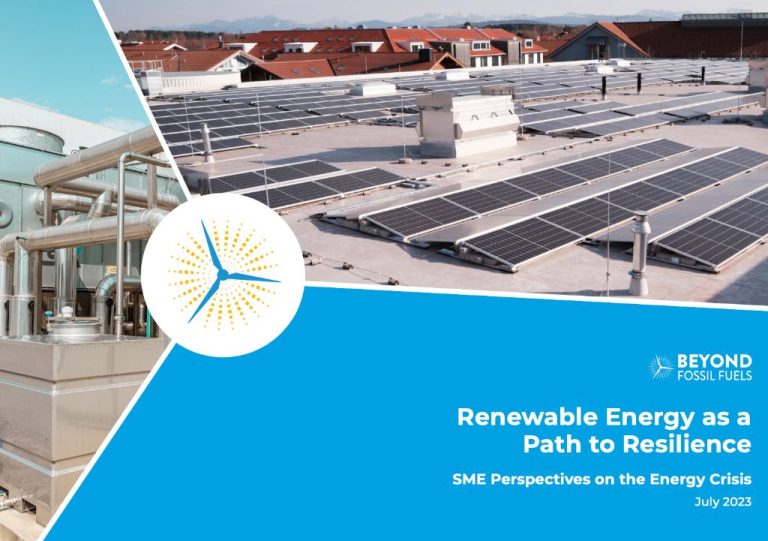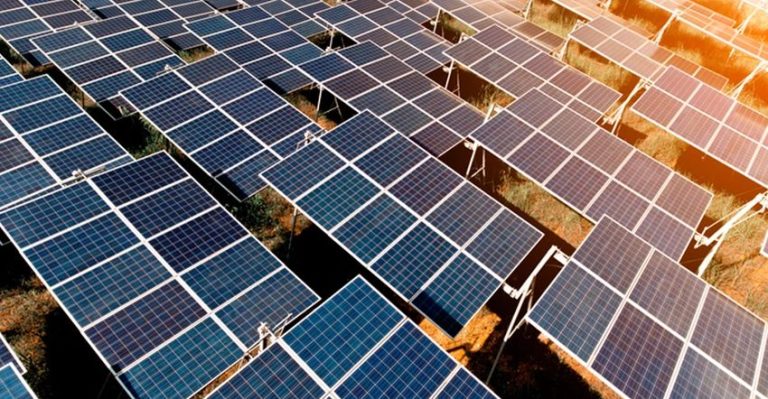What Is A Solar Unit?
What is a Solar Unit?
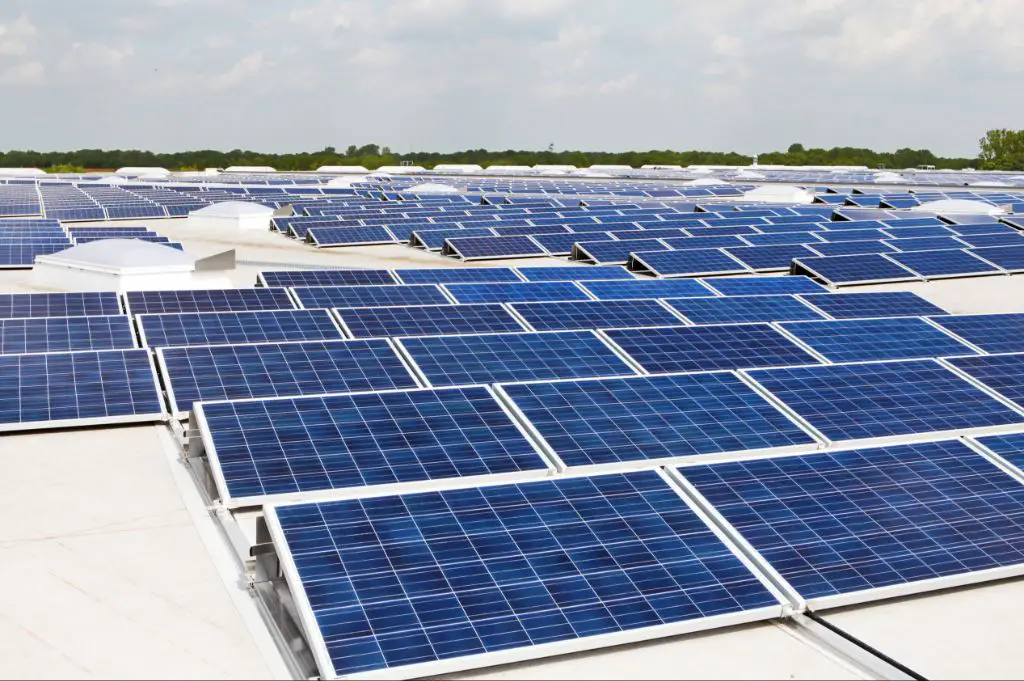
A solar unit, also known as a solar absorption unit, is a device that uses sunlight to provide heating or cooling. It captures the sun’s thermal energy and converts it into usable heat or cold air. The key components of a solar unit are an absorber surface, a glass or plastic cover, pipes or ducts for air or fluid flow, and fans or pumps to circulate the heated or cooled air or liquid.
There are two main types of solar units: solar thermal collectors and photovoltaic panels. Solar thermal collectors absorb sunlight to heat water or air directly. Common examples are solar water heaters and solar air heaters. Photovoltaic panels convert sunlight into electricity, which can then power a heat pump or chiller to provide heating and cooling.
Solar units utilize renewable solar energy instead of electricity or gas, helping reduce energy costs and environmental impact. They are durable, low-maintenance systems that can provide supplemental or full home heating and cooling when properly designed and installed.
According to Quora, a solar absorption unit is “a device that uses a chemical reaction driven by solar heat to create cooling. A common type uses ammonia as the refrigerant which is absorbed into water. The solution is heated by solar energy releasing ammonia vapor which is used to drive a cooling cycle.” (Source)
History of Solar Units
Solar units have a long history dating back to the early 1800s.A Brief History of Solar Panels reports that the concept of using the sun’s energy for power was first suggested by French mathematician Augustin Mouchot in 1839. He designed a motor powered by the sun to run a printing press and demonstrated it at the Universal Exhibition in Paris in 1878.
In 1839, Alexandre Edmond Becquerel observed the photovoltaic effect while experimenting with electrolytic cells made up of two metal electrodes.History and the Development of Photovoltaics – AESOLAR recounts how he noticed that small electrical currents were being generated when sunlight hit the electrodes. This discovery laid the groundwork for harnessing solar power through photovoltaic cells.
Significant progress came in 1954 when researchers at Bell Labs in the U.S. created the first practical silicon solar cell. It had an efficiency of around 6%. Within a decade, solar cells were being used to power space satellites. The first solar-powered communications satellite, Vanguard 1, was launched by the U.S. in 1958.
The 1970s saw major advances in silicon cell technology that dramatically improved efficiency and lowered costs. This paved the way for wider commercial and residential applications of solar photovoltaics starting in the 1980s and accelerating through the present day.
How Solar Units Work
Solar units work by utilizing the photovoltaic effect to convert sunlight into electricity. The photovoltaic effect refers to the process by which certain materials are able to absorb photons from sunlight and release electrons. This generates an electrical current that can then be captured and used to power devices and appliances.
The key component that enables this process is the solar cell or photovoltaic cell. Solar panels are made up of many solar cells wired together. Each solar cell consists of two layers of semiconducting material, usually silicon. When sunlight hits the solar cell, the photons are absorbed by the semiconducting material, causing electrons to break free from their atoms. The electrons are able to flow from one layer to the other, generating an electric current due to the built-in electric field of the solar cell. Metal conductive plates on the cell collect the electrons and transfer them to wires, allowing electricity to flow.
In summary, when sunlight strikes a solar cell, the energy from the photons causes electrons in the cell to dislodge from their atoms, enabling a flow of electricity. This electricity can then be captured, regulated, and distributed for providing power. The more sunlight that hits a solar panel, the more electricity that is produced.
Source: https://www.energy.gov/eere/solar/how-does-solar-work
Types of Solar Units
There are several different types of solar units that are used to harness energy from the sun. The main types of solar panels are monocrystalline, polycrystalline, and thin-film [1]. Monocrystalline solar panels are made from a single silicon crystal, giving them a distinctive black color and making them the most efficient type. Polycrystalline solar panels are made from multiple silicon crystal fragments and tend to be slightly less efficient but also less expensive. Thin-film solar panels use a thin layer of photovoltaic material on a substrate like glass or plastic, which makes them lightweight and flexible but generally less efficient.
In addition to solar photovoltaic panels, there are also solar thermal collectors that use the sun’s energy for heating rather than electricity generation. Common types include flat-plate collectors, evacuated tube collectors, and concentrating collectors. Flat plate collectors are the most basic and commonly used for residential solar hot water while evacuated tube and concentrating collectors are more efficient but complex and expensive [2].
When comparing the different kinds of solar units, key factors to consider are efficiency, cost, weight, lifespan, and application. Monocrystalline panels are the most space-efficient while thin-film can be better for limited weight applications. Solar thermal collectors tend to be lower maintenance than solar panels but only produce heat. Carefully evaluating the pros and cons of each type allows finding the optimal solar technology for a given location and need.
Components of a Solar Unit
There are several key components that make up a solar unit or photovoltaic system. These components work together to convert sunlight into usable electricity.
The main components include:
Solar Cells
Solar cells, also called photovoltaic cells, are made of semiconducting materials that convert sunlight directly into electricity via the photovoltaic effect. Most solar cells are made of silicon. When sunlight strikes the silicon, electrons are knocked loose from the atoms, allowing electricity to flow. Several solar cells wired together make up a solar panel or module.
Source: https://www.gogreensolar.com/pages/solar-components-101
Inverters
Inverters convert the DC power produced by solar panels into AC power that can be used in homes and businesses or fed into the utility grid. Grid-tied inverters synchronize to utility voltage and frequency and only operate when utility power is present. Off-grid inverters work with batteries to provide AC power.
Source: https://www.solaris-shop.com/solar-components/
Batteries
Batteries store energy from the solar panels for use when the sun isn’t shining. Deep cycle lead-acid batteries are commonly used in off-grid solar systems. Lithium-ion batteries are also becoming popular for their efficiency and lightweight.
Charge Controllers
Charge controllers regulate power from solar panels to prevent overcharging the batteries. They ensure the batteries are properly charged and prevent damage.
Efficiency of Solar Units
The efficiency of a solar cell refers to the percentage of sunlight energy it can convert into electricity. There are several factors that impact the efficiency of solar cells:
Theoretical solar cell efficiency limit – There is a theoretical efficiency limit of around 33% for traditional single-junction silicon solar cells based on the Shockley-Queisser limit. This limit comes from the laws of physics and material properties 1. Multi-junction solar cells made of multiple layers of materials can exceed this limit, with lab efficiencies over 40%.
Material quality – The purity and quality of the semiconductor material affects how efficiently it can absorb photons and convert them into electricity. Improvements in materials and manufacturing have increased commercial solar cell efficiency over time.
Solar cell temperature – As temperature increases, solar cell efficiency decreases. Proper solar panel cooling and temperature management is important for real-world efficiency.
Solar spectrum and intensity – The air mass, weather conditions, and time of day impact the spectrum and intensity of sunlight reaching the solar panels, affecting efficiency.
In real-world conditions, commercial silicon solar panels operate at 15-20% efficiency generally. More expensive multi-junction solar cells can achieve up to 30% real-world efficiency. Overall system efficiency is also impacted by inverters, wiring, and other factors lowering the end-to-end efficiency.
Cost of Solar Units
The upfront cost of installing solar units can be high, with the average residential solar system costing around $18,000 before incentives according to the Solar Energy Industries Association (SEIA) [1]. However, solar costs have dropped dramatically in the last decade, with panel prices declining 89% since 2010 [2]. Many homeowners choose to finance solar installations or lease panels to reduce upfront costs.
Once installed, solar panels require little maintenance and last 25-30 years typically [3]. This makes the levelized cost, or average cost per kilowatt-hour (kWh) over the system lifetime, very competitive. The EIA estimates utility-scale solar PV costs around $37/MWh, cheaper than coal at $109/MWh and gas combined cycle at $44/MWh [4]. Rooftop residential solar averages $0.13/kWh, compared to $0.14/kWh for standard utility rates [4].
Installation of Solar Units
Properly installing a solar unit requires careful planning and execution. Here are some key steps for installing solar units:
Obtaining permits – Most local jurisdictions require permits for solar installations. Make sure to research permit requirements and obtain all necessary permits before starting the installation process. Permits ensure installations meet safety and code requirements (Source).
Wiring – Solar panels connect to the rest of the system through wiring and cables. Installers must select the proper wire gauge to account for voltage drop based on the system size and layout. Wires and connections must be made securely and protected against weather and critters (Source).
Positioning – Optimal solar panel positioning depends on the location and sunlight patterns. In the northern hemisphere, panels should face south for maximum sunlight exposure. The tilt angle should match the site’s latitude. Installers use racking systems to achieve the proper orientation.
Maintenance – Solar installations require some periodic maintenance. Panels may need cleaning, vegetation trimmed, and connections checked. Technicians should check for damage, wear, and underperformance during maintenance visits to keep systems running efficiently.
Uses of Solar Units
Solar units have many applications for power generation in homes, businesses, utilities, and off-grid scenarios. According to the National Renewable Energy Laboratory (source), solar photovoltaic (PV) systems can provide electricity directly to homes and businesses by converting sunlight into electrical current. Small-scale solar PV systems installed on rooftops or ground-mounted arrays generate clean renewable electricity to meet some or all of a building’s energy needs.
Solar units are also widely used by electric utility companies to generate solar power at scale and feed into the grid. Large solar farms with thousands of solar panels can produce enough electricity to power entire communities. According to one source, utility-scale solar PV is one of the fastest-growing sources of new electricity generation in the country (source).
In remote locations without connection to the grid, stand-alone solar PV systems can provide electricity completely off-grid. These systems charge batteries during the day that provide power at night. Solar units allow remote homes, villages, communications towers, and more to have access to electricity (source).
With solar heating and cooling (SHC) technologies, solar units can also provide thermal energy to heat water and spaces as well as provide air conditioning. Solar hot water and solar space heating systems reduce the need to burn fossil fuels for water and space heating needs.
Future of Solar Units
The future looks bright for solar energy. Scientists are continuously working to improve the efficiency and lower the costs of solar technologies. According to research from MIT, new materials and manufacturing processes for solar cells could boost efficiency beyond the theoretical limits of traditional silicon solar panels. Emerging technologies like perovskite solar cells and organic photovoltaics have potential to be low-cost, lightweight, and flexible.
Growth projections for solar are also optimistic. Solar power accounts for only about 3% of electricity generation globally today, but that figure is expected to rise substantially. The International Energy Agency predicts solar will supply 16% of global electricity by 2050. With supportive government policies and falling prices, the Caltech Science Exchange notes solar could satisfy up to 69% of electrical demand in some regions in the coming decades.
Key factors driving the expansion of solar power include improving economics, climate change concerns, and the modularity of solar systems. As solar becomes increasingly cost-competitive with fossil fuels, more homes and businesses will adopt it. Meanwhile, solar’s ability to generate clean, renewable electricity will help address rising greenhouse gas emissions. And the scalability of solar power, from small residential systems to massive utility-scale projects, provides flexibility in how it is deployed and integrated into energy grids worldwide.


